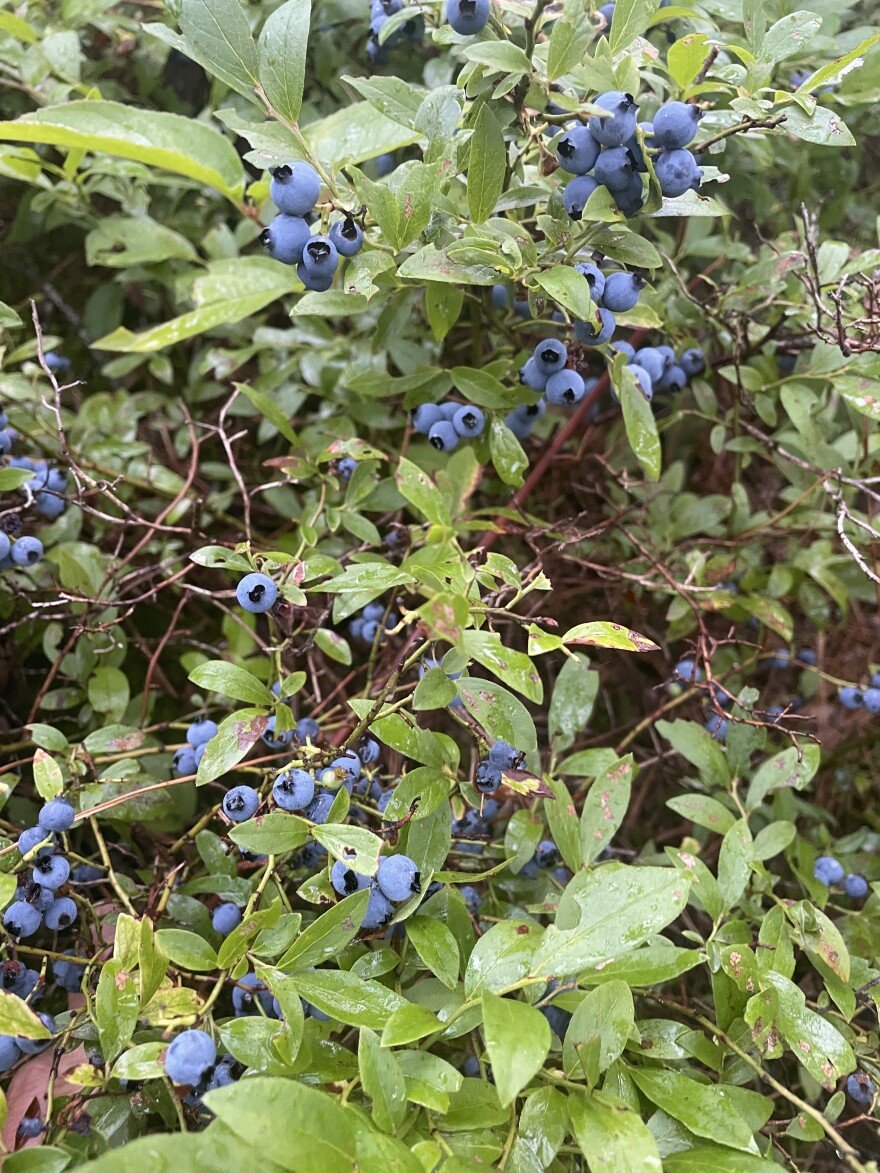Bears do it with their sensitive lips and tongues. Human foragers tend to use our fingertips, but I’ve been known to get on all fours and do it like a bear, just for the experience. A bear strips them from their branches, purple and green alike, inhaling as many as 30,000 blueberries in a day. These are wild blueberries, about the size of your pinkie nail, and oh were they sweet and plenteous in Northern Minnesota this summer.

In August, my writing wilderness students and I performed a science experiment on blueberry hill, overlooking Low Lake in the Superior National Forest. We wanted to know what 30,000 blueberries looked like. So, each of us gathered a handful of blueberries and counted. Between the five of us, we averaged 53 berries per handful. Dividing into 30,000, we deduced that a full grown bear in these woods could consume 566 handfuls in a day’s foraging. There are worse kinds of work, we all agreed, happy to biologize as we devoured the objects of our study.
Believe it or not, there is a mode of scientific inquiry that investigates such matters. Using Optimal Forage Theory, biologists aim to understand how animals evolved to maximize forage intake while minimizing the work needed to fill their bellies. I found that I myself was not an optimal forager. I’d often wander to a nearby bush of seemingly juicier berries before I had picked clean the one I was working on. Suboptimal, to be sure. Or just not fully evolved? Maybe my foraging style says more about my character than foraging theory can answer for. A bear can never know for sure.





